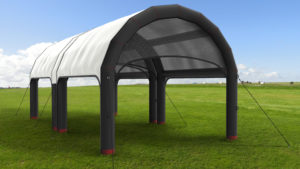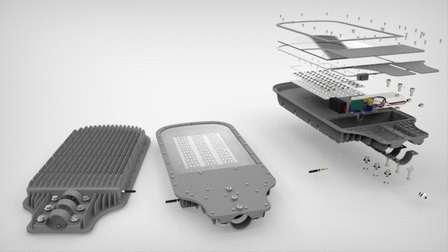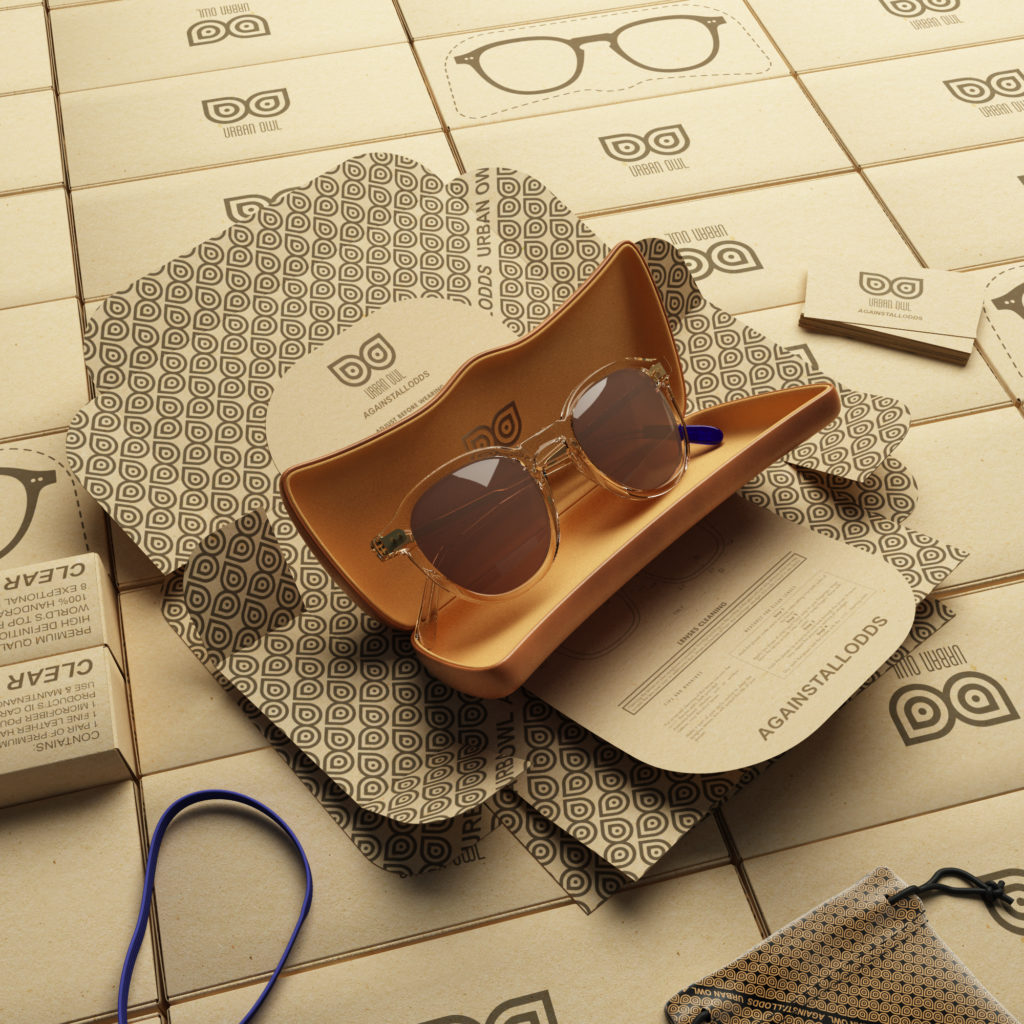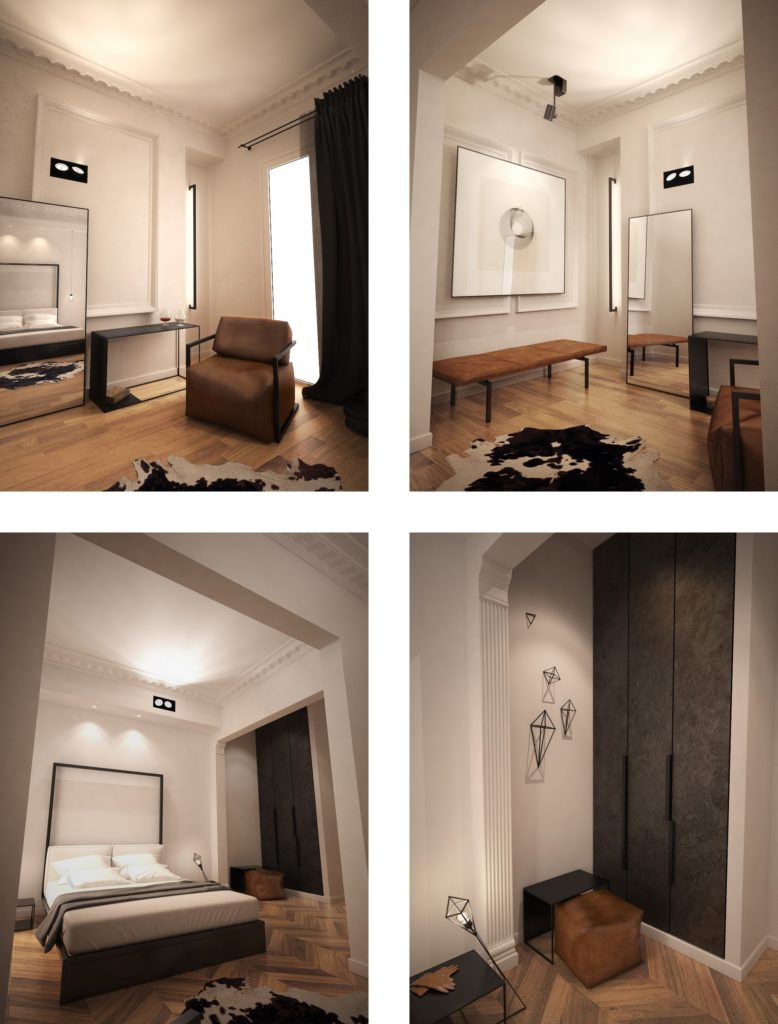What is 3D Visualization and how does it help companies?
The most challenging part of the new product design process is developing a design that works in real-world situations. Some people may think that manufacturing is the most challenging step because of its high costs and the occasional need for investment in specialized machinery and hiring. Contrary to popular belief, a product can only reach the production line when everyone agrees on every detail of the design. In addition to aesthetics, designers need to consider other essential elements including functionality, user experience, ease of use, future development, maintenance, and overall production cost. A new product is ideally designed in a way that prevents the manufacturing party from making significant changes to the existing production system for the sake of cost minimization.
 As 3D modeling technology has improved, designers are now armed with advanced equipment to help materialize ideas before the production process begins. Thanks to 3D CAD modeling (computer-aided design), designing products can’t get any easier. Before production, a prototype is often used as a tool to demonstrate what the product is capable of and whether it’s commercially and technically viable. A prototype can be full-size or miniature depending on the complexity of the design. You can make a life-size prototype of a TV remote control for example, but not an offshore drilling rig. Thanks to 3D visualization it’s far from impossible to create a virtual prototype to represent any object. 3D visualization can be described as the process of creating computer-generated images of an object, where graphics deliver a lifelike experience of the object to manufacturers and users. When you can’t create a life-size prototype of an object, the visual imagery created through 3D visualization delivers a vivid representation of how the object will perform when eventually manufactured.
As 3D modeling technology has improved, designers are now armed with advanced equipment to help materialize ideas before the production process begins. Thanks to 3D CAD modeling (computer-aided design), designing products can’t get any easier. Before production, a prototype is often used as a tool to demonstrate what the product is capable of and whether it’s commercially and technically viable. A prototype can be full-size or miniature depending on the complexity of the design. You can make a life-size prototype of a TV remote control for example, but not an offshore drilling rig. Thanks to 3D visualization it’s far from impossible to create a virtual prototype to represent any object. 3D visualization can be described as the process of creating computer-generated images of an object, where graphics deliver a lifelike experience of the object to manufacturers and users. When you can’t create a life-size prototype of an object, the visual imagery created through 3D visualization delivers a vivid representation of how the object will perform when eventually manufactured.
Animated 3D Visualization
 As the old saying goes, “a picture is worth a thousand words,” and it’s safe to say that computer-generated 3D visualization tells many stories. Describing an object or an experience by using an image has been practiced since the dawn of human civilization. Ancient people drew images on stone walls to tell stories of their kings, gods, children, adventures, defeats, and conquests. Even in these most rudimentary forms of visual imagery, scholars can suss out elaborate details and gather an understanding of their meaning.
As the old saying goes, “a picture is worth a thousand words,” and it’s safe to say that computer-generated 3D visualization tells many stories. Describing an object or an experience by using an image has been practiced since the dawn of human civilization. Ancient people drew images on stone walls to tell stories of their kings, gods, children, adventures, defeats, and conquests. Even in these most rudimentary forms of visual imagery, scholars can suss out elaborate details and gather an understanding of their meaning.
The use of images in modern manufacturing has gone far beyond simple hand-drawn sketches. Basic sketches are still used but mainly for brainstorming during the beginning of a design process. In the hands of capable designers, sophisticated computers can generate lifelike images to represent an object in its entirety. Not only does the image represent how a product looks but also gives a clear depiction of how it will perform in the real world. Details in 3D visualization are more than just skin deep, but go much further to include materials, thickness, strength, density, behaviors under pressures, weak points, strongest points, and wear and tear.

Invention and subsequent development of computer graphics have played a significant role in the improvement of manufacturing efficiency in all industries. The realistic animation of a product provides a better understanding of how it should perform. Some 3D visualization images are presented in video format for showcasing, while others are interactive programs where designers can modify external factors or variables like weather conditions, impact with other objects, topography, exposure to chemicals, and electricity or power.

One of the most familiar applications of 3D visualization is in the automotive industry, where car designers create visual images of car or part design to showcase its performance under particular conditions like aerodynamics, traction control, braking, or safety features. 3D visualization provides an excellent platform to conduct preliminary tests of a vehicle’s overall function well ahead of production. Based on the test results, engineers and designers have some idea of any necessary changes to the design. There can be a lot of variables tested, such as power to weight ratio, interior space availability, electrical efficiency, wheels size, and powertrain systems concerning road conditions, type of fuels or lubricants, and users’ driving styles. Since the tests are all in 3D animated format, designers can see how any particular variable will impact the car’s performance.
3D Visualization for Businesses
The beauty of 3D visualization is the way it cuts costs in the design process. Using the automotive industry as an example again, there’s no need to build an actual car to discover performance issues. Designers can modify an object in its digital form to meet desired production parameters. You can’t achieve that with sketches and clay models. This doesn’t mean that test-driving is no longer necessary, but animation helps avoid fundamental errors in the vehicle design. In addition to its uses in automotive, 3D visualization is now widely used in the manufacturing operations of all industries.

In architecture, 3D visualization uses more or less the same approach as in the automotive industry. Whether it’s a house design or a skyscraper, designers use a set of data to manipulate the object as needed. Type of materials along with their properties and building dimensions are put together in the computer-generated graphic to figure out the construction’s rigidity when vacant and inhabited. Designers can also use weather conditions and wind speed to see how the building will withstand the conditions over a specific time period. The same principle applies to other industries including electronics, fashion, furniture design, aerospace, sports, interiors, medical equipment, transportation, etc.
Besides functioning as a prototype, 3D visualization is a hot-selling commodity in recent years. 3D visualization as a product, as opposed to a prototype, can be seen in the VR (virtual reality) industry. In this case, computer-generated images function not only as a representation of the real object, but a digital world users can interact with. You can consider this a 3D illusion where users are immersed and become part of a 360-degree viewing experience. Some VR platforms offer detailed experiences of tourism destinations all around the world. The Grand Canyon, Mount Everest, space travel, and deep sea explorations are among the most popular locations. Amateurs and more serious product designers may also use both 3D visualization and prototyping (with a 3D printer) to demonstrate their ideas to companies and investors alike.

Why Companies Need 3D Visualization
A lot of companies use 3D visualization rather than photographs to create product catalogs. It probably seemed counterproductive a long time ago due to the high cost associated with the 3D rendering process, but thanks to market trends and the gradual improvement of computer graphics, costs have gone down to the point where the price for creating computer-generated graphics is becoming competitive with photo shoots. Considering that fact that hyper-realistic renderings are almost exactly the same as the real objects, are more versatile, and come without the hassles of photography, it isn’t surprising to see more companies and large retailers opt for 3D visualizations.

Minimizing production costs is a major benefit, and 3D visualization does that in a few different ways.
- Teamwork simplification: In a project where multiple designers and engineers work together, 3D visualization – as a digital format – is much simpler to distribute. Everyone can contribute to the project through an online platform.
- Production efficiency: Since fundamental flaws are addressed during the design process through 3D visualization, no additional cost is necessary to make changes to the design plan.
- Better collaboration: With 3D visualization, everyone reads the data quicker to give a more comprehensive analysis. Statistics and descriptions can elaborate on the technical and financial sides of a project, but realistic imagery is a more efficient way to get everybody on the same page.
- Effective marketing: Whether the marketing aims at manufacturing companies or end consumers, 3D visualization is arguably the most convincing form of advertisement as it delivers a near 100% accurate representation of the actual product in use.
When designing an object, engineers have the freedom to use a strictly theoretical approach or combine it with any technical compatibility the manufacturing facility provides. At least from the perspective of commercial enterprising, there’s little point in creating a 3D visualization if the product isn’t feasible to create, unless for marketing purposes to showcase a product development concept.
 3D visualization is more than just for the pleasure of viewing animated objects on a computer screen. With the right CAD software, designers can input limitless data points to manipulate, alter, and test any object as it will be used in the real world. This is an advanced version of technical drawing created not only to give a visual design but also a detailed view of how an object works.
3D visualization is more than just for the pleasure of viewing animated objects on a computer screen. With the right CAD software, designers can input limitless data points to manipulate, alter, and test any object as it will be used in the real world. This is an advanced version of technical drawing created not only to give a visual design but also a detailed view of how an object works.
Does your company need help with 3D visualization, CAD services, or 3D modeling services? We can help you hire a freelance CAD designer on demand. Learn more about how we can help your company with your upcoming design projects. If you’re looking for superior 3D visualization, Cad Crowd offers the best services for the best prices.
